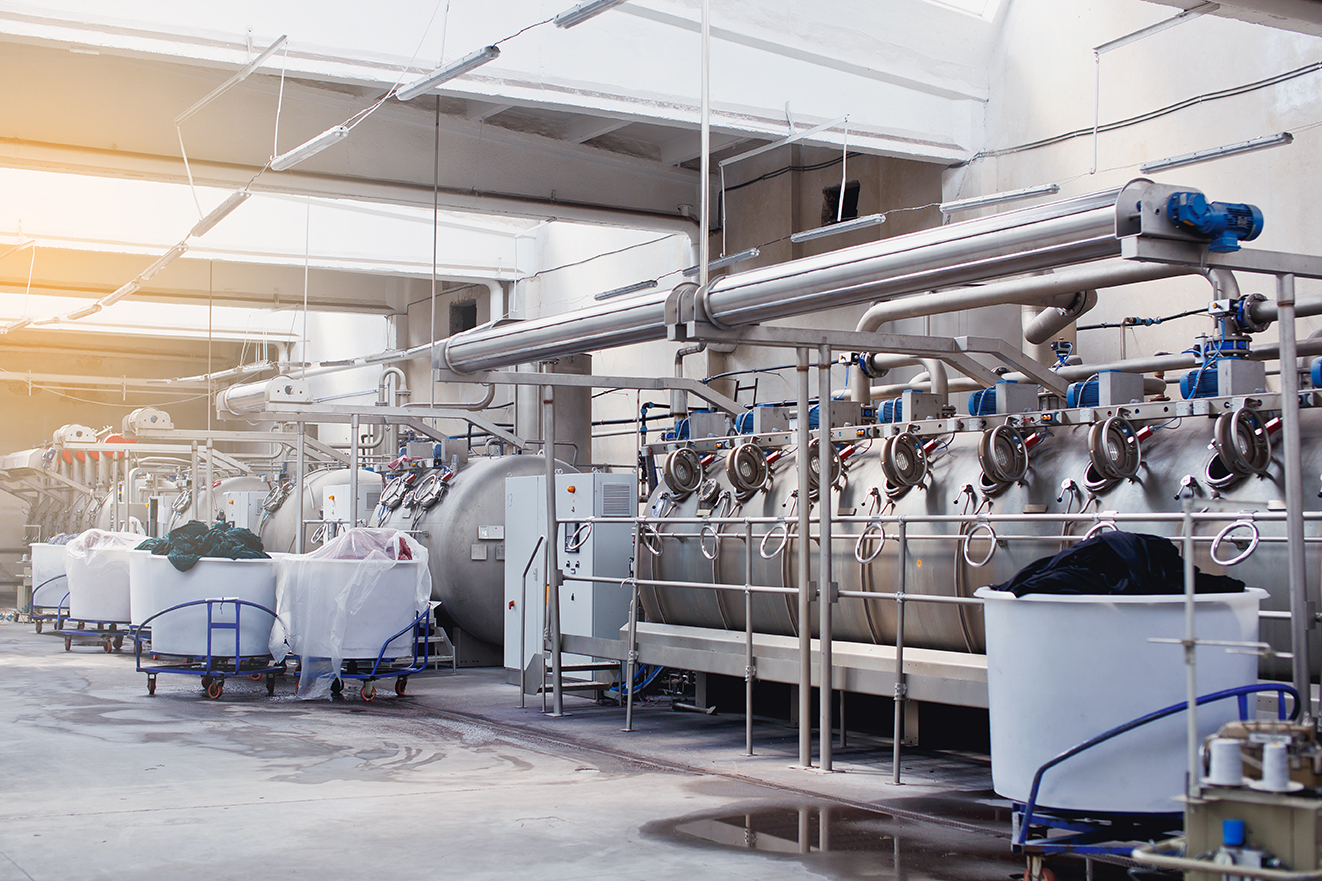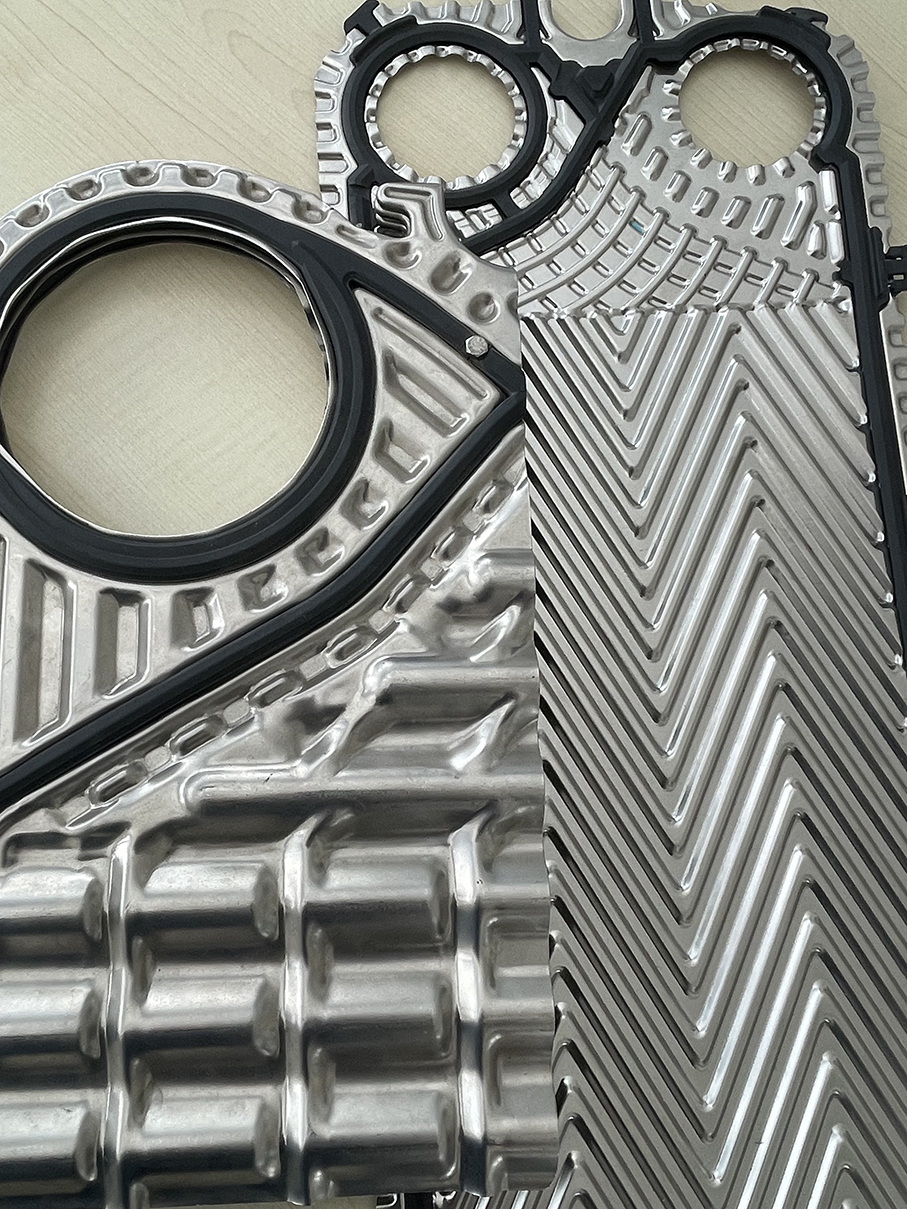Thermal recovery in textile plants, particularly in dyeing baths, represents an efficient solution to reduce energy costs and improve environmental sustainability of the textile sector. For this kind of applications, free flow plate heat exchangers are an ideal solution for thermal energy recovery from hot water used in fabric dyeing processes.
In dye baths, hot water is essential to ensure uniform, high-quality coloring. However, this process generates large quantities of residual hot water which, if not recovered, leads to high energy waste. Free flow plate heat exchangers are designed to handle fluids with high content of solids and viscosity, such as those typical of dye baths.

These exchangers employed for thermal energy recovery in textile production thus offer a series of advantages:
• High heat transfer efficiency: the plates increase the contact area between fluids, improving heat transfer.
• Low maintenance: The free flow design reduces the risk of clogging and encrustations.
• Flexibility: free flow exchangers can be adapted to different operating conditions and flows.
The application of free flow exchangers in a textile dyeing bath requires the following steps:
- Installation: the heat exchangers are installed between the residual hot water collection tank and the heating system.
- Heat recovery: the residual hot water passes through the plates, transferring its heat to the incoming cold water.
- Energy reuse: the recovered heated water is reused in the dyeing process or in other industrial processes, reducing primary energy consumption.
The use of free flow exchangers in textile dyeing processes thus ensure the following benefits:
• Energy saving: significant reduction in primary energy consumption.
• Reduction of CO2 emissions: less dependence on fossil energy sources.
• Optimization of operational costs: reduction of energy and plant management expenses.

The implementation of free flow plate heat exchangers in textile dye baths is an interesting and effective strategy for heat recovery. This approach not only improves energy efficiency and reduces costs, but also contributes to environmental sustainability, making the textile industry more competitive and responsible.
